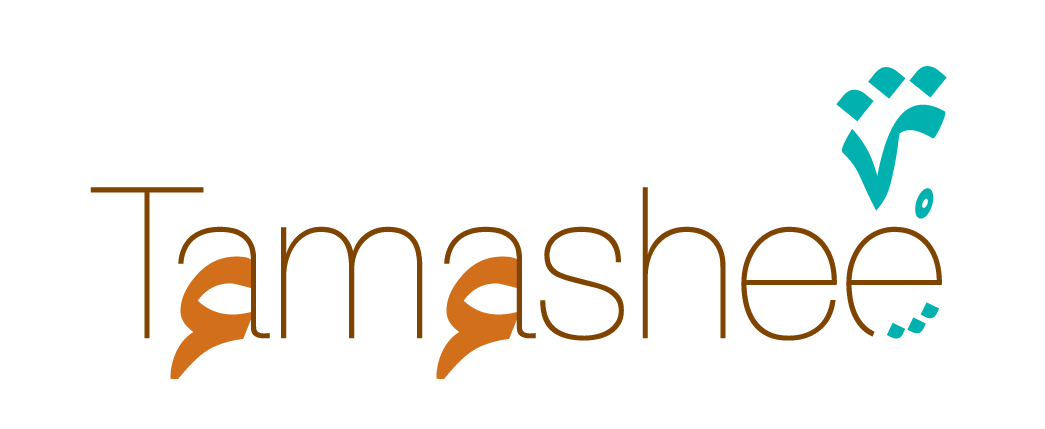Your Cart is Currently Empty: 0AED
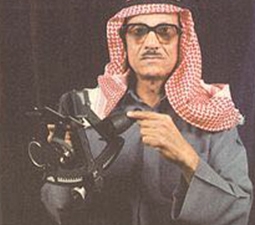
Astronomy
A picture of Dr. Saleh Al Ojairi, born in 1920 in Kuwait. Dr. Al Ojairi is a respected Astronomer and was inspired to learn about the stars when his father sent him to live amongst beduins and benefit from their knowledge. He then got a formal education in the field of Astronomy in Egypt. In the early 70s, he established the first observatory in Kuwait using his personal funds. The study of the Sun, the Moon, and the stars is something Muslim scholars excelled at for reasons relating to religious practices and geography. One of the greatest Islamic astronomers from the 9th century is Alkhawarizmi. Alkhawarizmi’s work created the bases of the early world map and contributed to modern day algebra and algorithms which are named after him.
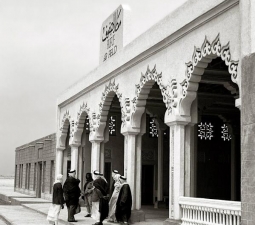
Hofuf Airport
Buildings were inspired by traditional forms of naqsh that were translated onto the facade of different structures such as houses or large buildings owned by merchants. Different parts of the Peninsula had similarities in structure, but a set of unique differences giving each area a unique beautiful feel. Don’t forget to spot the men wearing their traditional Arabian Gulf Sandal.
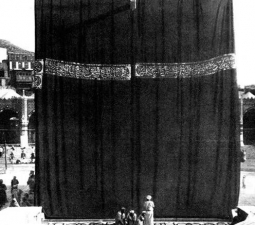
Kiswa
The Kiswa (cloth that covers the Kaaba in Makkah) is draped annually on the 9th day of the Islamic lunar month of Dhul-Hijjah, the day pilgrims leave for the plains of Mount Arafat during the Hajj. From the late 12th century AD, the Kiswa was manufactured in Egypt, with material sourced locally as well as from Sudan, India, and Iraq. The Kiswa would be transported annually from Egypt to Makkah under the Mamluk and Ottoman sultans hence influencing its craft. The tradition continued until 1927, when its manufacture was moved to Saudi Arabia.
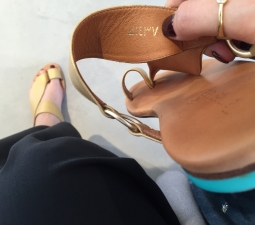
Year of production
Tamashee introduces the Hijri calendar as its signature on every right pair of its footwear in reference to the lunar calendar year of production
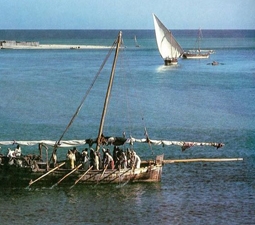
Dhows
Despite the attachment of dhows to Arab traders, numerous scholars believe that dhows are essentially Indian in origin. Constructed largely from wood supplied from India, it originated between 600 BC – 600 AD.

